
今天就是一年一度的中秋节,在这个特殊的节日,如果你的周围的老外朋友们问你中秋节的起源,传说和习俗,你有自信给他们流利介绍吗?
或许你的答案是:不能。那么今天特别整理了三个英文(双语)视频,让你自己完整了解我们中华民族的传统节日中秋节,也希望你可以让外国朋友们全面了解这个传统节日。同时,高中英语研究中心诚挚地祝大家中秋节快乐!
中秋节是什么?
What is
Mid-Autumn Festival?
To the Chinese, Mid-Autumn Festival means family reunion and peace. The festival is celebrated when the moon is believed to be the biggest and fullest. To the Chinese, a full moon is a symbol of prosperity, happiness, and family reunion.
对中国人来说,中秋节意味着团聚、平安。人们觉得,中秋节的月亮最大、最圆。满月象征着繁荣、幸福和团圆。
中国人怎么过中秋?
How the Chinese
Celebrate Mid-Autumn?
Many traditional and meaningful celebrations are held in most households in China, and China's neighboring countries. The main traditions and celebrations include eating mooncakes, having dinner with family, gazing at and worshipping the moon, and lighting lanterns.
大部分中国家庭以及中国的邻国都会举行许多传统的庆祝活动,主要庆祝方式包括吃月饼,吃团圆饭,赏月和点灯笼。

中秋节起源版本一
中秋节起源
Originof Mid-Autumn Festival
Mid-Autumn Festival has a history of over 3,000 years, dating back to moon worship in the Shang Dynasty (1600–1046 BC). It’s such an important festival that many poems were written about it, stories and legends about the festival are widespread, and its origins have been guessed at and explained by generations of Chinese.
中秋节有三千多年历史,可以追溯到商代时对月亮的崇拜。因为中秋节的重要地位,历代诗人都会为中秋节写诗,关于中秋节的故事、传奇在民间广为流传,中秋节的起源也被历代中国人探究。
The term "Mid-Autumn" first appeared in the book Rites of Zhou (周礼), written in the Warring States Period (475–221 BC). But the term only related to the time and season; the festival didn't exist at that point.

“中秋”一词最早出现在战国时期《周礼》一书中,但是该词只和时间和季节有关,当时还没有中秋节。
In the Tang Dynasty (618–907 AD), it was popular to appreciate the moon. Many poets liked to create poems related to the moon when appreciating it. There is a legend that Emperor Xuanzong of the Tang Dynasty visited the Moon Palace in his dream and heard a wonderful song.
唐代时赏月风靡,诗人在赏月之时佳作连连。据传,唐玄宗曾在梦中去往月宫并听到优美的歌声。
In the Northern Song Dynasty (960–1127 AD), the 15th day of the 8th lunar month was established as the "Mid-Autumn Festival". From then on, sacrificing to the moon was very popular, and has become a custom ever since.
北宋时期,农历八月十五才被正式确立为中秋节,从那以后,为月亮献祭盛行,从那以后便成为风俗。
中秋英文绘本故事
中秋节起源版本二
The Mid-Autumn Festival falls on the 15th day of the 8th lunar month, usually in early September to early October of the Gregorian calendar with full moon at night. It is a time for family members and loved ones to congregate and enjoy the full moon - an auspicious symbol of abundance,harmony and luck. Adults will usually indulge in fragrant mooncakes of many varieties with a good cup of piping hot Chinese tea, while the little ones run around with their brightly-lit lanterns.
每年农历八月十五日,是传统的中秋佳节。这时是一年秋季的中期,所以被称为中秋。在这天,每个家庭都团聚在一起,一家人共同观赏象征丰裕、和谐和幸运的圆月。此时,大人们吃着美味的月饼,品着热腾腾的香茗,而孩子们则在一旁拉着兔子灯尽情玩耍。
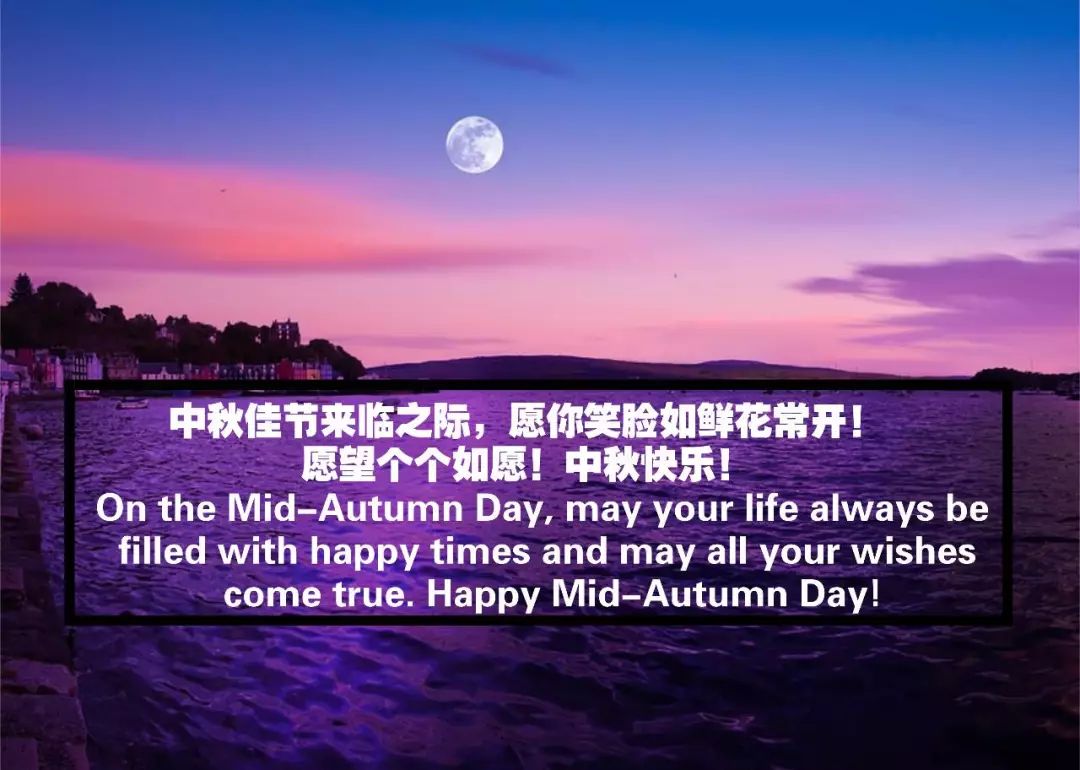
The festival has a long history. In ancient China, emperors followed the rite of offering sacrifices to the sun in spring and to the moon in autumn. Historical books of the Zhou Dynasty had had the word "Mid-Autumn". Later aristocrats and literary figures helped expand the ceremony to common people. They enjoyed the full, bright moon on that day, worshipped it and expressed their thoughts and feelings under it. By the Tang Dynasty (618-907), the Mid-Autumn Festival had been fixed, which became even grander in the Song Dynasty (960-1279). In the Ming (1368-1644) and Qing (1644-1911) dynasties, it grew to be a major festival of China.
中秋节有悠久的历史,和其它传统节日一样,也是慢慢发展形成的,古代帝王有春天祭日,秋天祭月的礼制,早在《周礼》一书中,已有“中秋”一词的记载。后来贵族和文人学士也仿效起来,在中秋时节,对着天上又亮又圆一轮皓月,观赏祭拜,寄托情怀,这种习俗就这样传到民间,形成一个传统的活动,一直到了唐代,这种祭月的风俗更为人们重视,中秋节才成为固定的节日,《唐书·太宗记》记载有“八月十五中秋节”,这个节日盛行于宋朝,至明清时,已与元旦齐名,成为我国的主要节日之一。
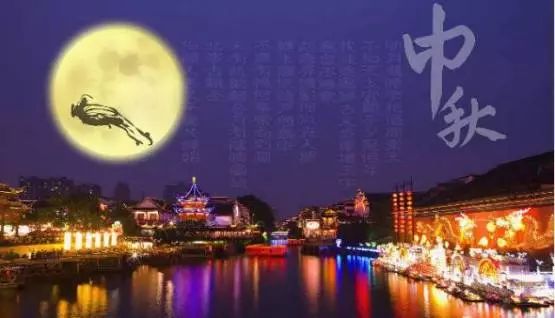
The Mid-Autumn Festival probably began as a harvest festival. The festival was later given a mythological flavour with legends of Chang-E, the beautiful lady in the moon.
中秋节最早可能是一个庆祝丰收的节日。后来,月宫里美丽的仙女嫦娥的神话故事赋予了它神话色彩。
中秋节
还有哪些习俗呢?
赏月
admire the full moon /
watch the full moonto celebrate the festival
碧空如洗,圆月如盘。人们在尽情赏月之际,会情不自禁地想念远游在外、客居异乡的亲人。中国人历来把家人团圆、亲友团聚,共享天伦之乐看得极其珍贵,历来有“花好月圆人团聚”之谓。

点灯笼
light lanterns
中秋之夜,天清如水,月明如镜,可谓良辰之美景,然而对此人们并未满足,于是便有燃灯以助月色的风俗。
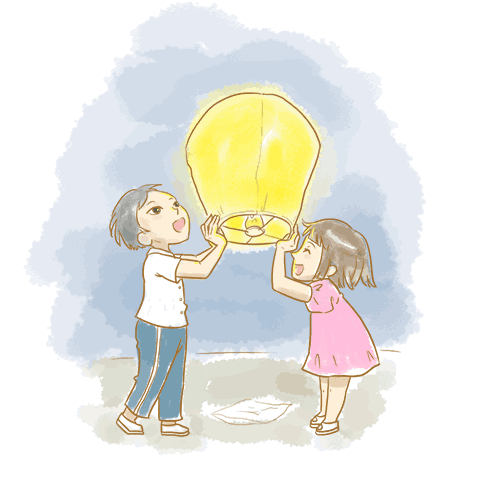
玩花灯
play withlanterns / scaldfish
中秋玩花灯主要只是在家庭、儿童之间进行的,多集中在南方。
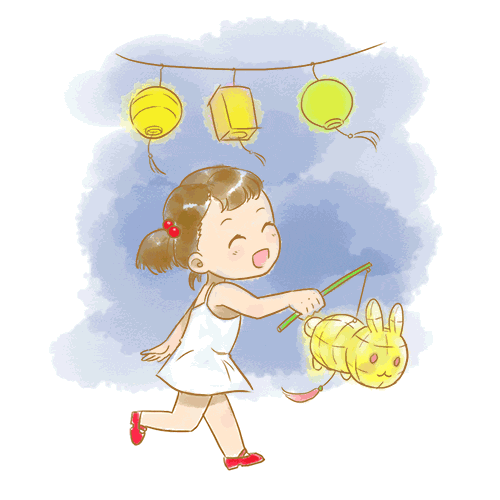
祭月
offering sacrifice to the moon
中秋祭月仪式是一种古老的祭祀礼仪,表达人们祈求月神降福人间的一种美好心愿。
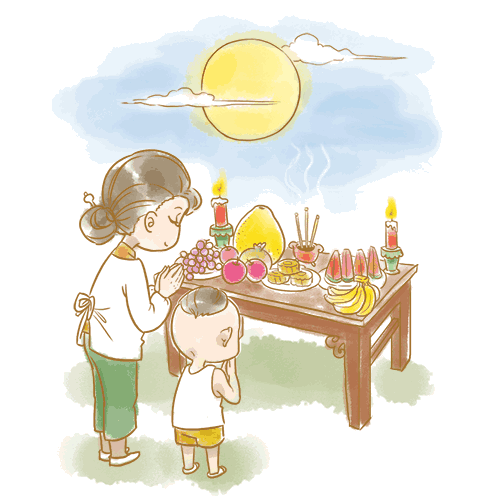
一个英文视频让你看懂各种常见月饼
(Cantonese-style Mooncake)
流心奶黄月饼
Lava Egg Custard Mooncake

莲蓉双黄月饼
Mooncake with Double Yolks and Lotus Seed Paste
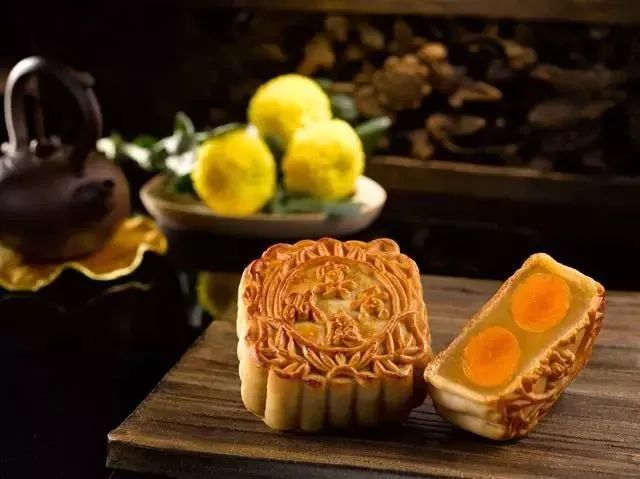
细沙月饼
Red Bean Paste Mooncake
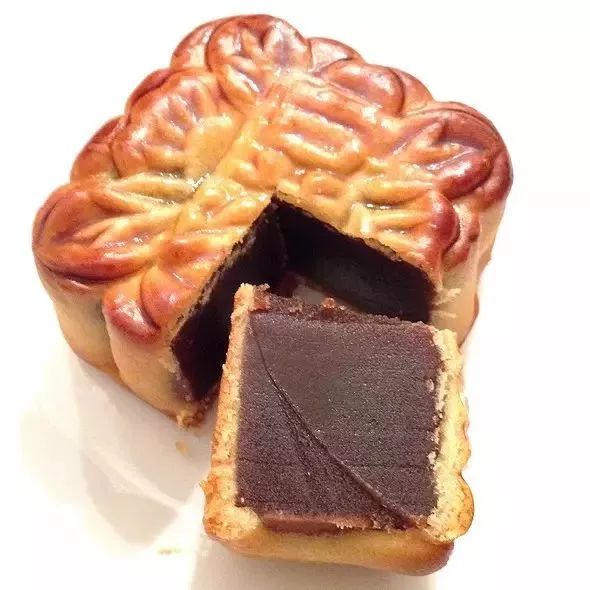
枣泥核桃月饼
Date Paste and Walnut Mooncake
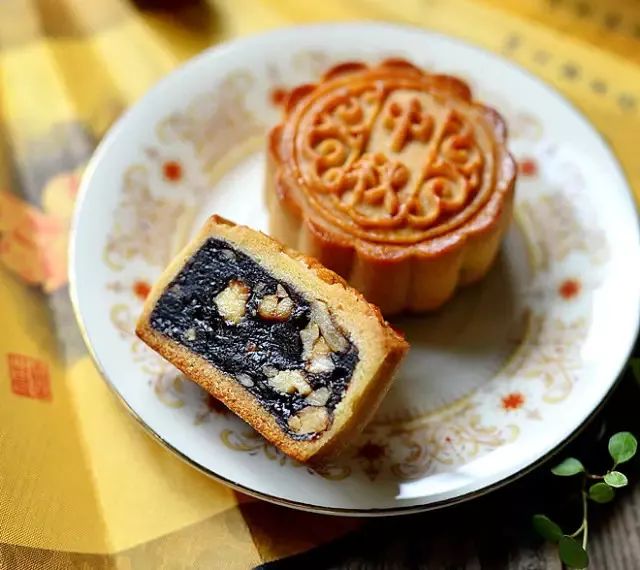
松仁黑麻月饼
Mooncake with Black Sesame Paste and Pine Nuts
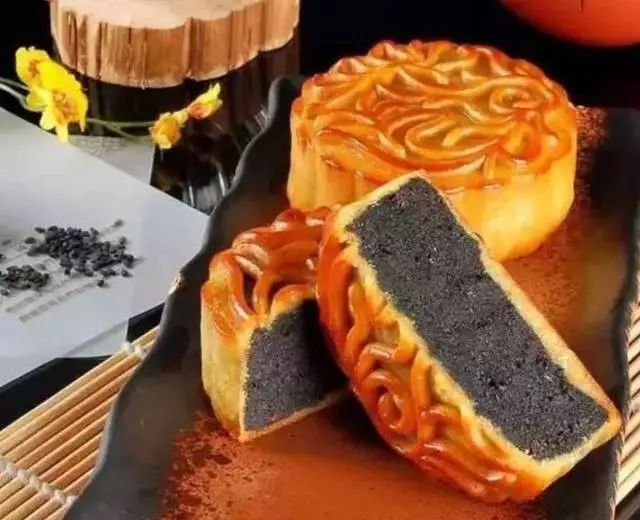
粒粒香芋月饼
Taro Mooncake
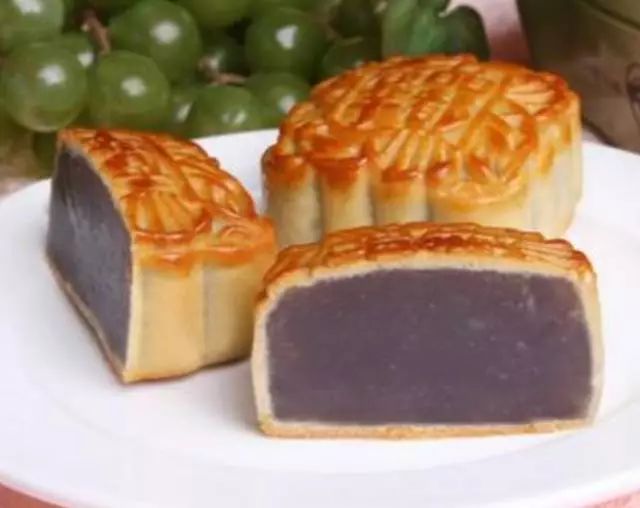
高纤椰蓉月饼
Coconut Mooncake

五仁叉烧月饼
Five Kernel and Roast Pork Mooncake
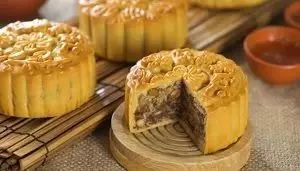
栗子竹炭月饼
Charcoal Skin Mooncake with Chestnut Filling
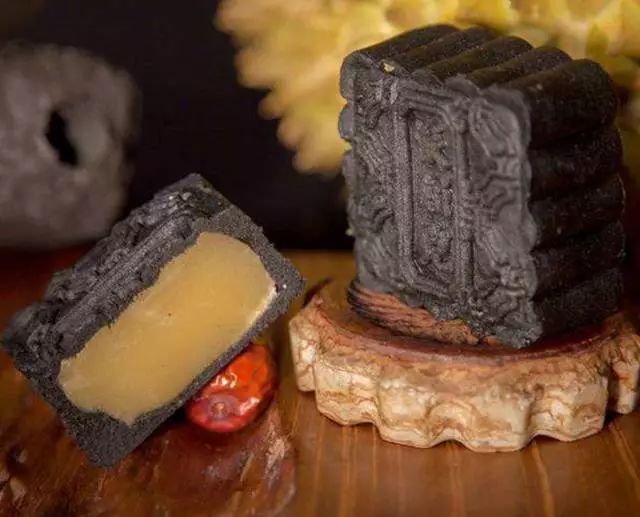
巧克力流心月饼
Molten Chocolate Mooncake
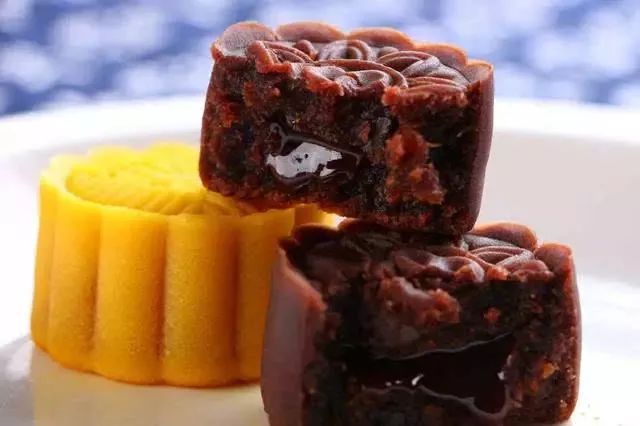
五仁月饼
Five Kernel Mooncake
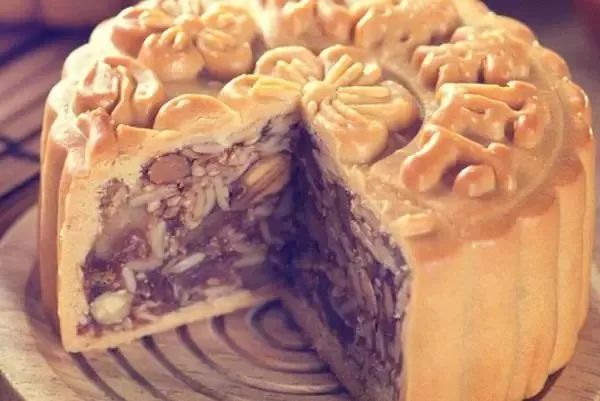
苏式月饼
(Su Style Mooncake)
苏式鲜肉月饼
Su Style Savory Mooncake with Pork Filling
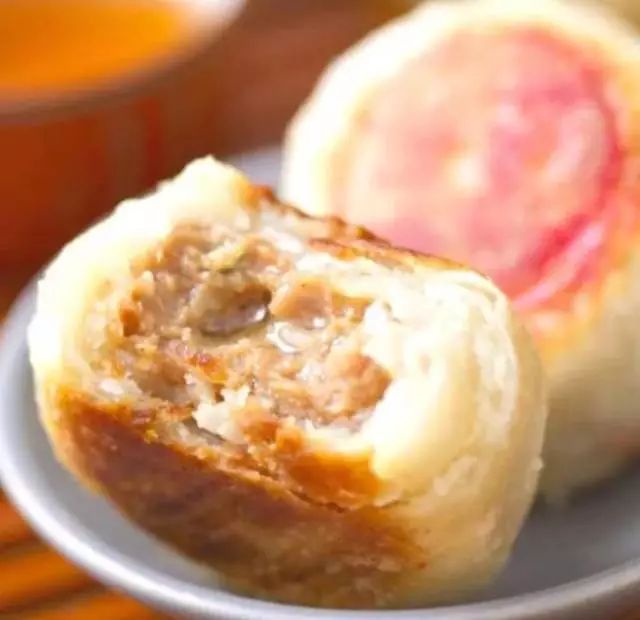
苏式椒盐月饼
Pepper and Salt Mooncake

小龙虾月饼
Spicy Crayfish Mooncake
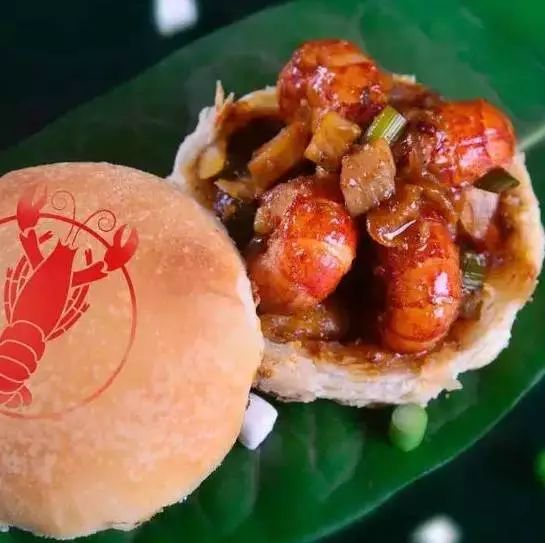
芝士大虾鲜肉月饼
Mooncake with Cheese, Shrimp and Minced Pork
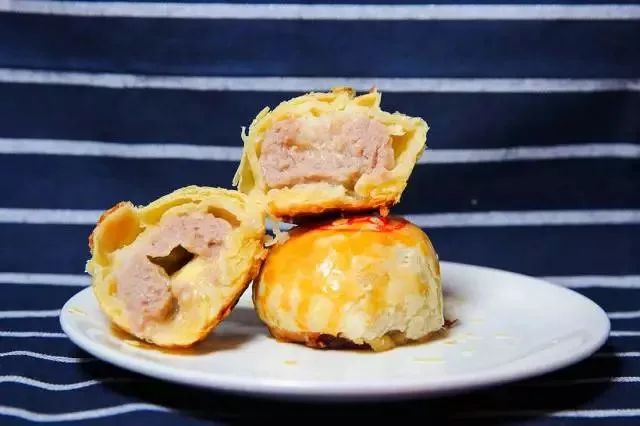
榨菜鲜肉月饼
Pork and pickle mooncake
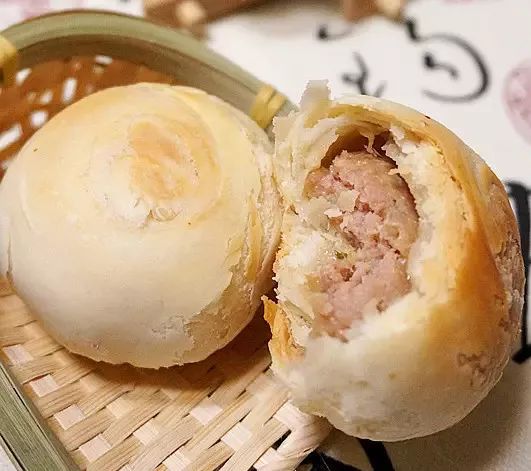
腌笃鲜月饼
Freshbaked mooncake with pork, baconandandbambooshoots
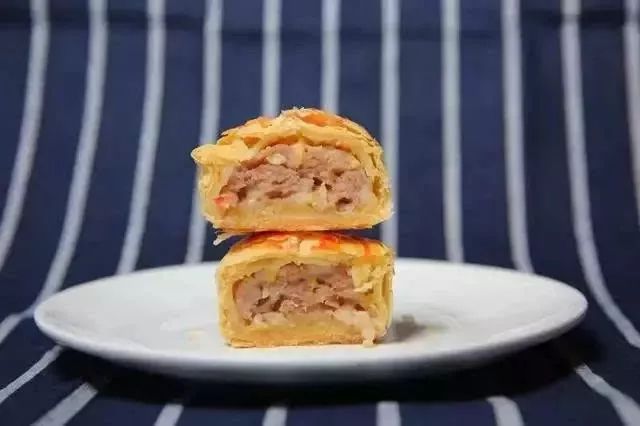
酸菜牛蛙月饼
Mooncake with Pickled Cabbage and Bullfrog Meat
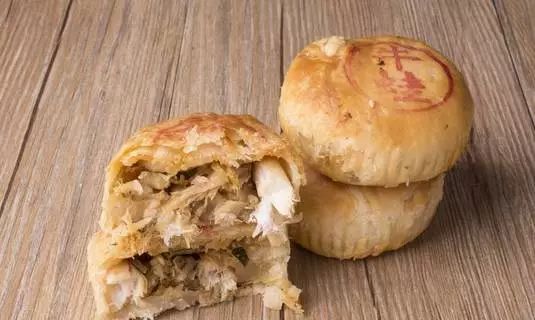
京式月饼
(Beijing Style Mooncake)
京式自来红月饼
Beijing Brown Skin Mooncake
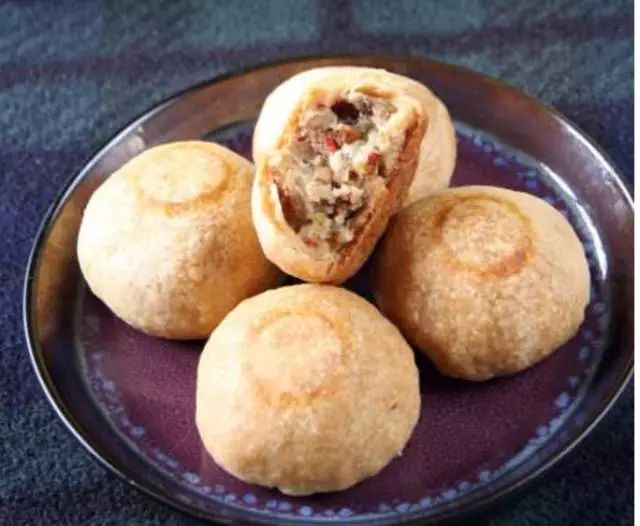
山楂翻毛月饼
“Furry” Mooncake with Hawthorn Jelly
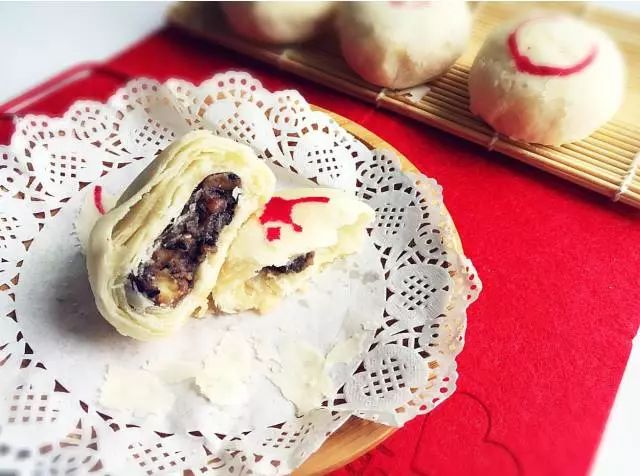
冰皮月饼
(Snow Skin Mooncake)
冰皮香柚月饼
Snow Skin Pomelo Mooncake
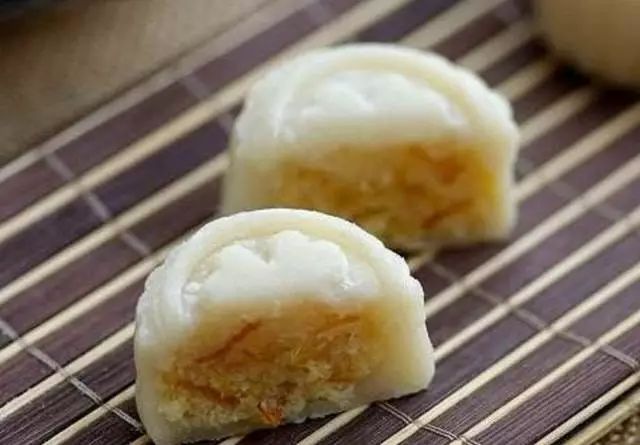
榴莲冰皮月饼
Snow Skin DurianMooncak
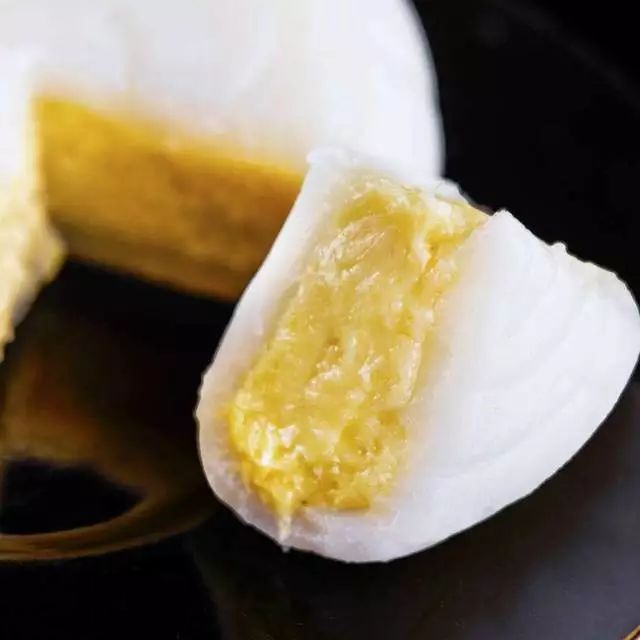
其他地区月饼
滇式云腿月饼
Yunnan Ham Mooncake
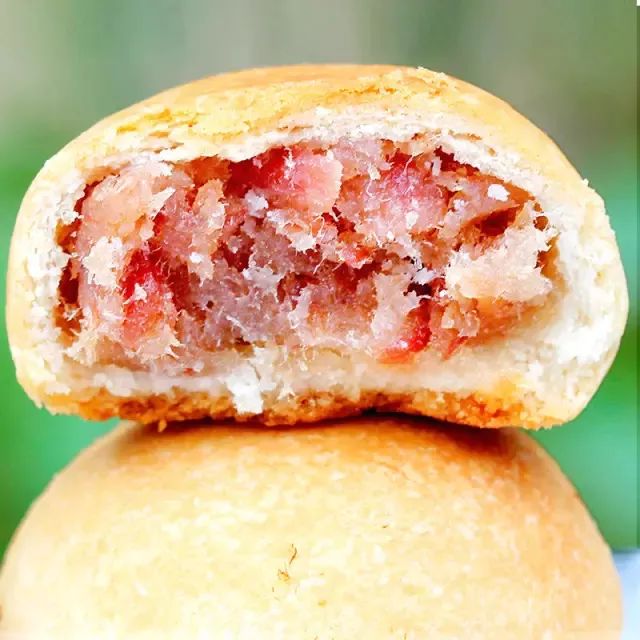
潮式绿豆蓉月饼
Teochew Style Mung Bean Mooncake
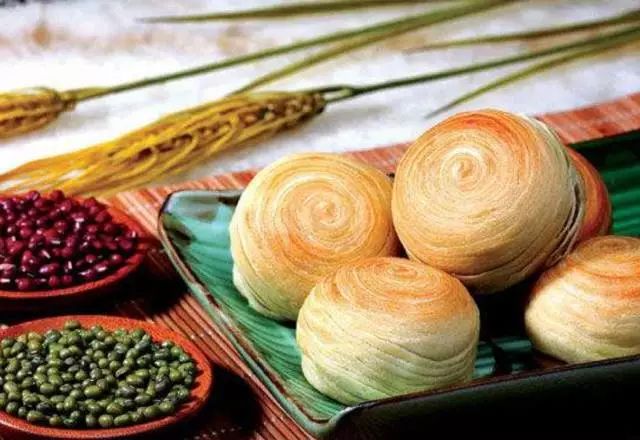
台式凤梨月饼
Pineapple Mooncake
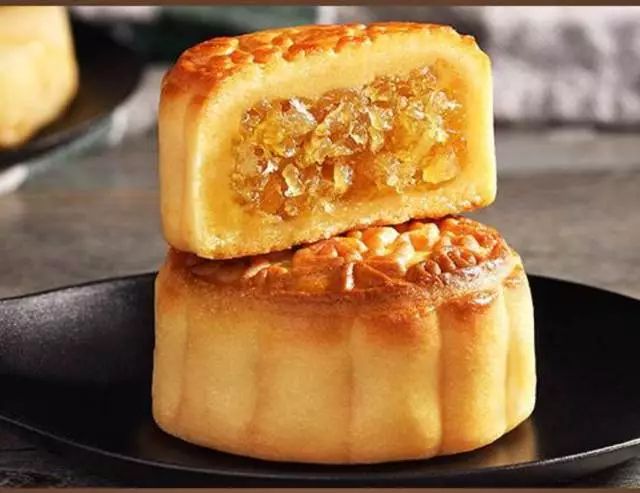
新式月饼
(New style Mooncakes)
巧克力脆皮冰激凌月饼
Ice Cream Mooncake with Crunchy Chocolate Crust
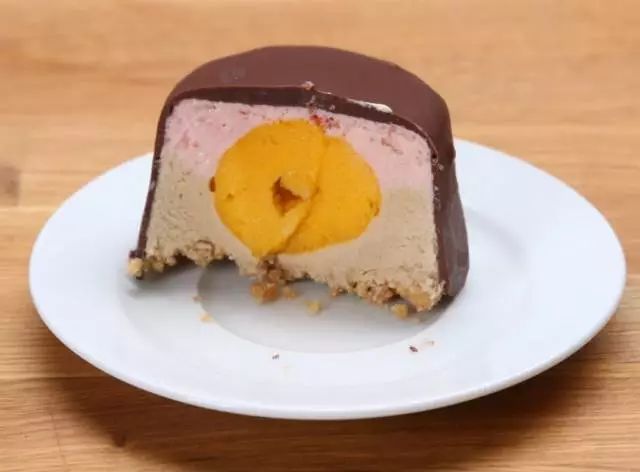
抹茶红豆月饼
Mooncake with Matcha Paste and Red Beans

紫薯山药月饼
Yam and Purple Sweet Potato Paste Mooncake
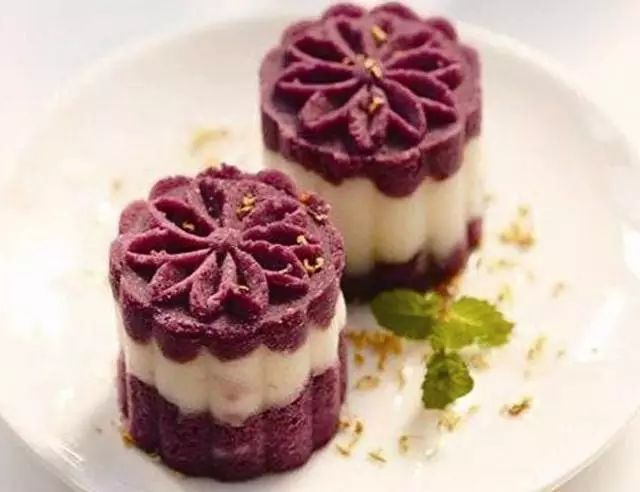
乳酪月饼
Cream Cheese Mooncake
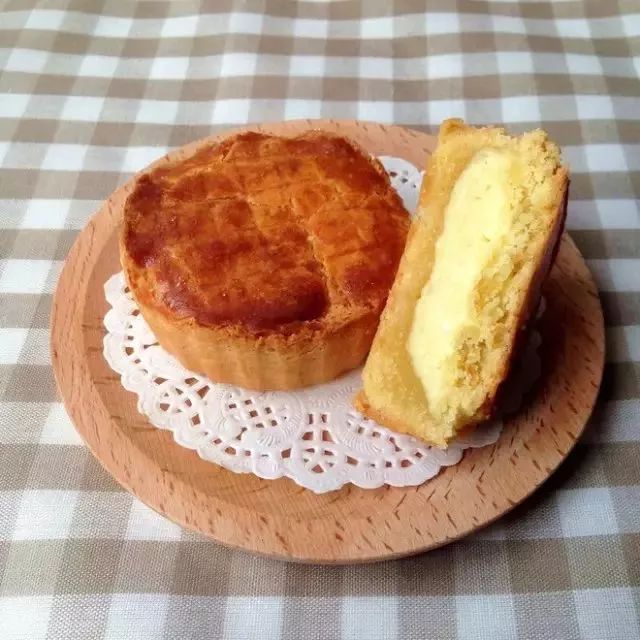
焦糖咖啡月饼
Caramel Lava and Coffee Mooncake
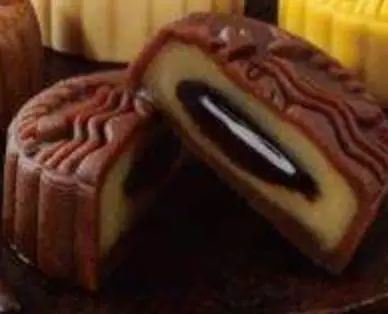
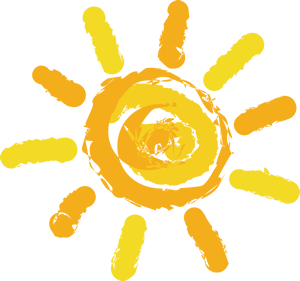
说说中秋节那些事Mid-Autumn Festival

The Mid-Autumn Festival (zhōng qiū jié 中秋节), also known as the Moon Festival, is a popular harvest festival celebrated by Chinese people and Vietnamese (yuè nán rén 越南人) people (even though they celebrate it differently), dating back over 3,000 years to moon worship in China's Shang Dynasty (shāng cháo 商朝).It was first called Zhongqiu Jie in Zhou Dynasty (zhōy cháo 周朝). In Malaysia (mǎ lái xī yà 马来西亚) and Singapore (xīn jiā pō 新加坡), it is also sometimes referred to as the Lantern Festival or Mooncake Festival.
Legend about Mid-Autumn Festival
It is said that the earth once had ten suns circling over it, each taking turn to illuminate the earth. One day, however, all ten suns appeared Chang'etogether, scorching the earth with their heat. Houyi (hòu yì 后羿), a strong and tyrannical archer, saved the earth by shooting down nine of the suns. He eventually became King, but grew to become a despot (bào jūn 暴君).
One day, Houyi stole the elixir (xiān dān 仙丹) from a goddess. However, his beautiful wife, Chang'e (cháng é 嫦娥), drank it so as to save the people from her husband’s tyrannical rule. After drinking it, she found herself floating, and flew to the moon. Houyi loved his divinely beautiful wife so much, he did not shoot down the moon. Chang'e flew to the moon grabbing a rabbit to keep her company. So the Chinese say that if you look up at the moon to this day you can sometimes see a rabbit making moon cakes.
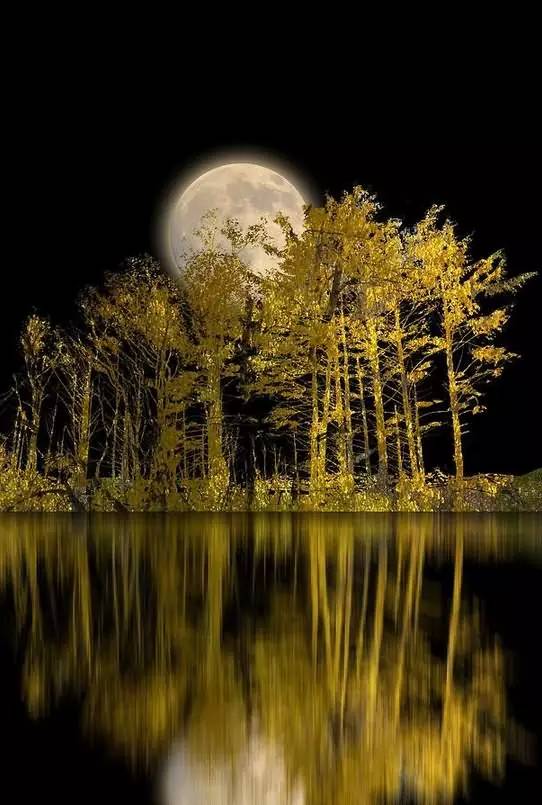
Customs in Mid-Autumn Festival
The Mid-Autumn Festival is held on the 15th day of the eighth month in the Chinese calendar, which is usually around mid or late September in the Gregorian calendar. It is a date that parallels the autumn and spring equinoxes (chūn fēn 春分) of the solar calendar, when the moon is supposedly at its fullest and roundest. The traditional food of this festival is the mooncake, of which there are many different varieties.
Moon CakeThe Mid-Autumn Festival is one of the two most important holidays in Chinese calendar, the other being the Chinese New Year, and is a legal holiday in several countries. Farmers celebrate the end of the summer harvest season on this day. Traditionally, on Mid-Autumn Day, Chinese family members and friends will get together to admire the bright mid-autumn harvest moon, and eat moon cakes (yuè bǐng 月饼) and pomeloes (yòu zi 柚子) together. Accompanying the celebration, there are additional cultural or regional customs, such as eating moon cakes outside under the moon, carrying brightly lit lanterns, lighting lanterns on towers, floating sky lanterns, burning incense (fén xiāng 焚香) in reverence to deities including Chang'e, planting Mid-Autumn trees (shù zhōng qiū 树中秋), collecting dandelion leaves and distributing them evenly among family members and Fire Dragon Dances (wǔ huǒ lóng 舞火龙).
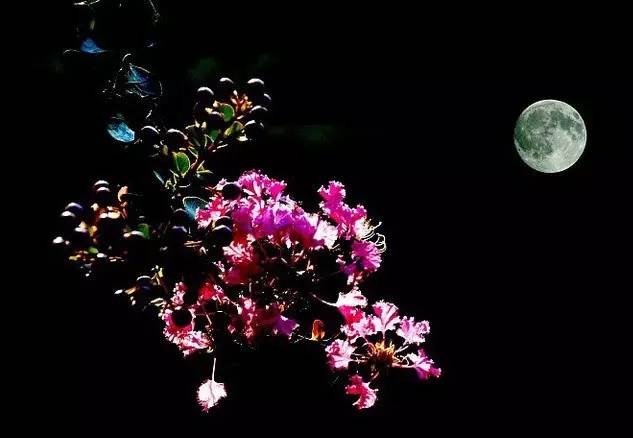
农历八月十五是中国重要的传统节日——中秋节。每年农历八月十五日,是传统的中秋佳节。这时是一年秋季的中期,所以被称为中秋。在中国的农历里,一年分为四季,每季又分为孟、仲、季三个部分,因而中秋也称仲秋。八月十五的月亮比其他几个月的满月更圆,更明亮,所以又叫做“月夕”,“八月节”。此夜,人们仰望天空如玉如盘的朗朗明月,自然会期盼家人团聚。远在他乡的游子,也借此寄托自己对故乡和亲人的思念之情。所以,中秋又称“团圆节”。
相传,远古时候天上有十日同时出现,晒得庄稼枯死,民不聊生,一个名叫后羿的英雄,力大无穷,他同情受苦的百姓,登上昆仑山顶,运足神力,拉开神弓,一气射下九个多太阳,并严令最后一个太阳按时起落,为民造福。后羿因此受到百姓的尊敬和爱戴,后羿娶了个美丽善良的妻子,名叫嫦娥。后羿除传艺狩猎外,终日和妻子在一起,人们都羡慕这对郎才女貌的恩爱夫妻。不少志士慕名前来投师学艺,心术不正的蓬蒙也混了进来。
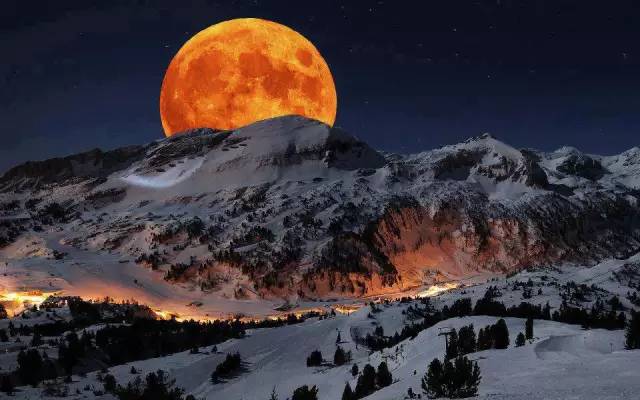
一天,后羿到昆仑山访友求道,巧遇由此经过的王母娘娘,便向王母求得一包不死药。据说,服下此药,能即刻升天成仙。然而,后羿舍不得撇下妻子,只好暂时把不死药交给嫦娥珍藏。嫦娥将药藏进梳妆台的百宝匣里,不料被小人蓬蒙看见了,他想偷吃不死药自己成仙。三天后,后羿率众徒外出狩猎,心怀鬼胎的蓬蒙假装生病,留了下来。待后羿率众人走后不久,蓬蒙手持宝剑闯入内宅后院,威逼嫦娥交出不死药。嫦娥知道自己不是蓬蒙的对手,危急之时她当机立断,转身打开百宝匣,拿出不死药一口吞了下去。嫦娥吞下药,身子立时飘离地面、冲出窗口,向天上飞去。由于嫦娥牵挂着丈夫,便飞落到离人间最近的月亮上成了仙。
傍晚,后羿回到家,侍女们哭诉了白天发生的事。后羿既惊又怒,抽剑去杀恶徒,蓬蒙早逃走了,后羿气得捶胸顿足,悲痛欲绝,仰望着夜空呼唤爱妻的名字,这时他惊奇地发现,今天的月亮格外皎洁明亮,而且有个晃动的身影酷似嫦娥。他拼命朝月亮追去,可是他追三步,月亮退三步,他退三步,月亮进三步,无论怎样也追不到跟前。后羿无可奈何,又思念妻子,只好派人到嫦娥喜爱的后花园里,摆上香案,放上她平时最爱吃的蜜食鲜果,遥祭在月宫里眷恋着自己的嫦娥。百姓们闻知嫦娥奔月成仙的消息后,纷纷在月下摆设香案,向善良的嫦娥祈求吉祥平安。从此,中秋节拜月的风俗在民间传开了。
我国人民在古代就有“秋暮夕月”的习俗。夕月,即祭拜月神。到了周代,每逢中秋夜都要举行迎寒和祭月。设大香案,摆上月饼、西瓜、苹果、红枣、李子、葡萄等祭品。
在唐代,中秋赏月、玩月颇为盛行。在北宋京师。八月十五夜,满城人家,不论贫富老小,都要穿上成人的衣服,焚香拜月说出心愿,祈求月亮神的保佑。南宋,民间以月饼相赠,取团圆之义。有些地方还有舞草龙,砌宝塔等活动。明清以来,中秋节的风俗更加盛行;许多地方形成了烧斗香、树中秋、点塔灯、放天灯、走月亮、舞火龙等特殊风俗。

发表评论